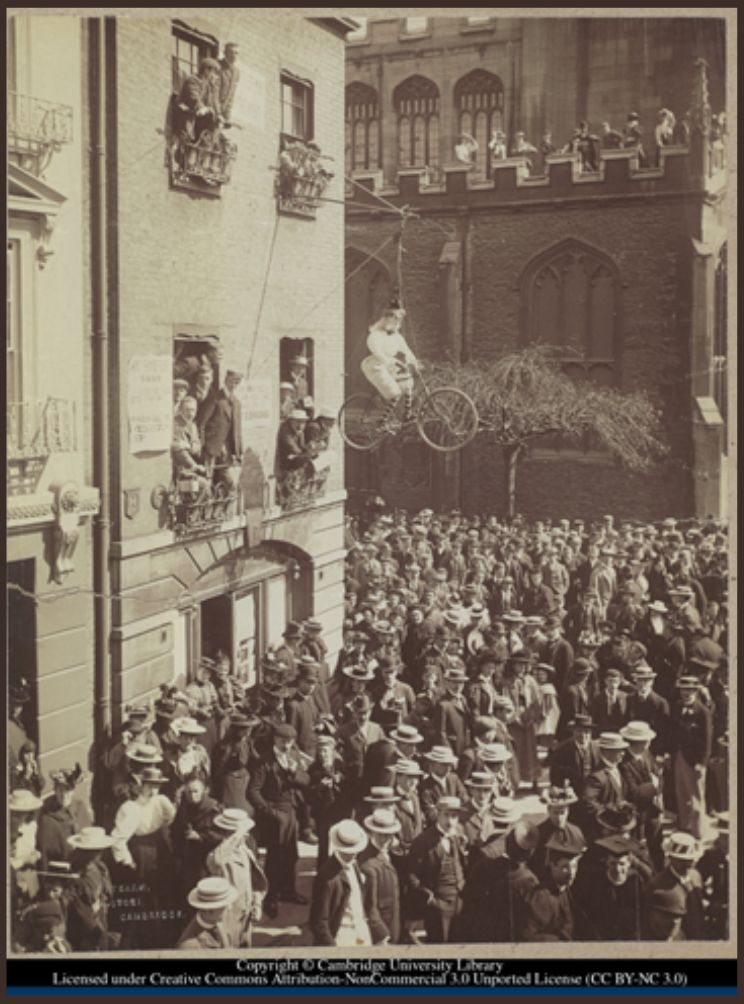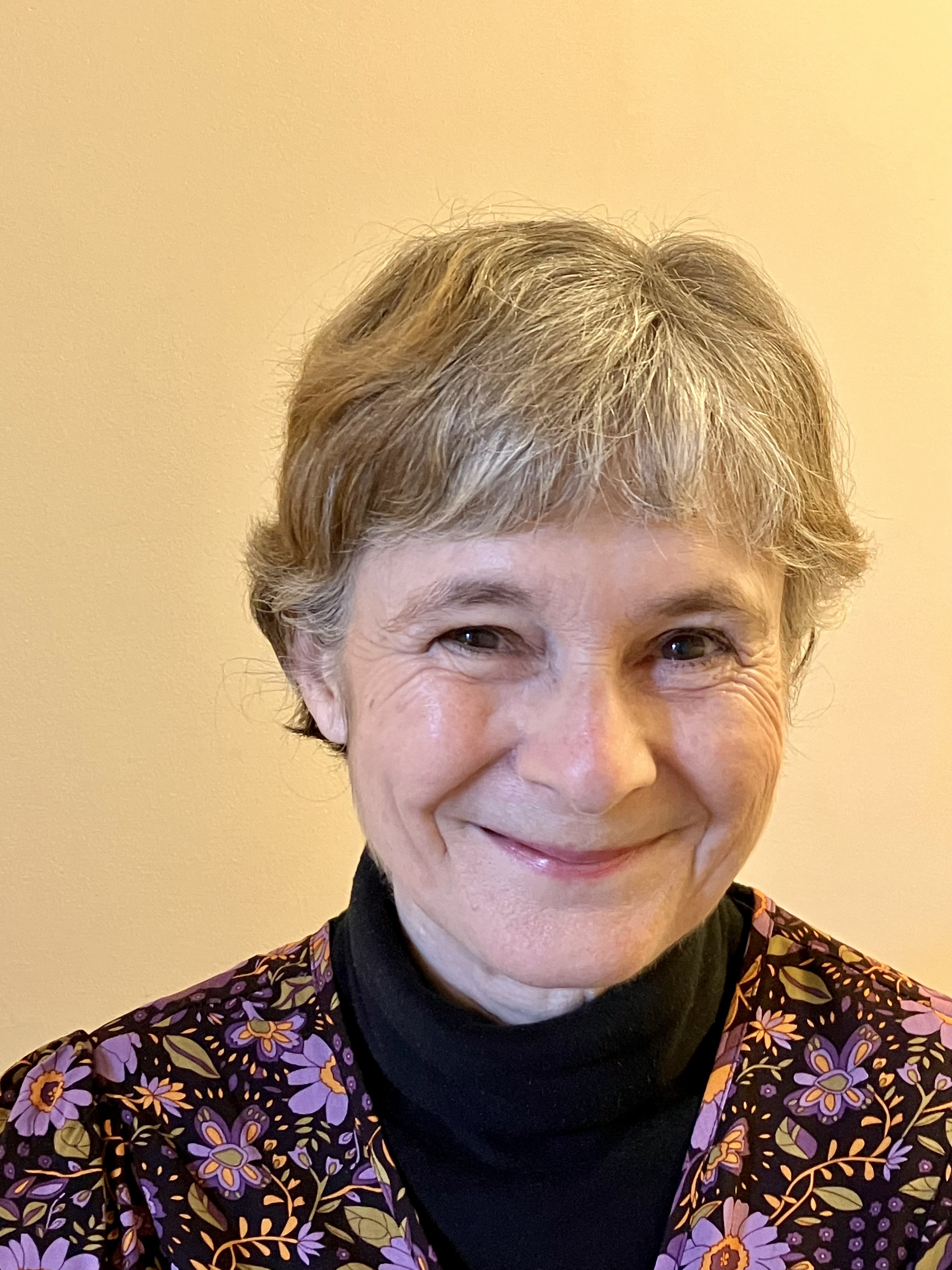Women at Cambridge
 'I did not intend to start a riot,' says Elizabeth Darcy, at the start of my book Crime and Prejudice. Of course she didn't; she was agitating for women's education. Why shouldn't women like Elizabeth Darcy, Mary Anning the geologist, and Charles Darwin's cousin Caroline Wedgewood, be allowed to go to Cambridge University?
'I did not intend to start a riot,' says Elizabeth Darcy, at the start of my book Crime and Prejudice. Of course she didn't; she was agitating for women's education. Why shouldn't women like Elizabeth Darcy, Mary Anning the geologist, and Charles Darwin's cousin Caroline Wedgewood, be allowed to go to Cambridge University?Undergraduate students at Cambridge each belong to a college, where they sleep, have meals and sometimes discuss their work with a specialist in their subject. There were no women's colleges at Cambridge in Jane Austen's time. The first, Girton, was founded in 1869; the second, Newnham, was founded in 1871. The third, New Hall, was not founded till 1954. Women were allowed to attend some lectures at Cambridge in the 1870s, and to sit for exams from 1881. In 1880, women presented a petition demanding the right to receive a degree, but it took another 17 years for a vote to be held, and the result was disastrous.
The women's cause was roundly defeated in a vote at the University Senate House in 1897, and jubilant male undergraduates suspended an effigy of a woman on a bicycle from a window above a bookshop nearby. Other men made posters proclaiming, "The 'Varsity for men and men for the 'Varsity" and "Are women's brains the same as men's?" The riot that ensued saw property destroyed and burned. The effigy was paraded round the town, before being destroyed and stuffed through the gates of Newnham College. It was another fifty years before women were allowed to graduate. I drew on the 1897 protest against women receiving degrees to give colour to my chapter.
Rioting in Jane Austen's time was a serious offence. In her lifetime, 77 charges of rioting were heard at the Old Bailey law courts in London, with 32 resulting in the death penalty. However, most of these cases were connected with a single riot in 1780. After this, there were only eight indictments for rioting until 1817. In five, the defendants were found not guilty, one for the bizarre reason I used in my story.
Women were finally allowed to graduate at Cambridge in 1948. I was lucky enough to go to New Hall (now Murray Edwards College) just over 30 years later. I loved the university and I knew little then of the battles that had been fought. I doff my mortarboard to all those women who struggled to make higher education accessible to others.
References
Bradbury, R. (2018). Preserving snapshots of Cambridge’s anti-women protests. Varsity. https://www.varsity.co.uk/features/15985
Old Bailey Proceedings Online. (1815). Trial of Francis Roach, Michael Donahough, Mary Hudson (t18150510-80). https://www.oldbaileyonline.org/record/t18150510-80
Roberts, S. (n.d.). The rising tide: Women at Cambridge. https://www.cam.ac.uk/stories/the-rising-tide
Whitelock, J. (2024). A crowd’s-eye view: The 1897 Cambridge vote for women’s degrees. Cambridge University Library Special Collections. https://specialcollections-blog.lib.cam.ac.uk/?p=28325


